Living a full life as you get older? It’s possible! Muscle growth starts now.
Imagine chasing after your grandkids or carrying groceries with ease.
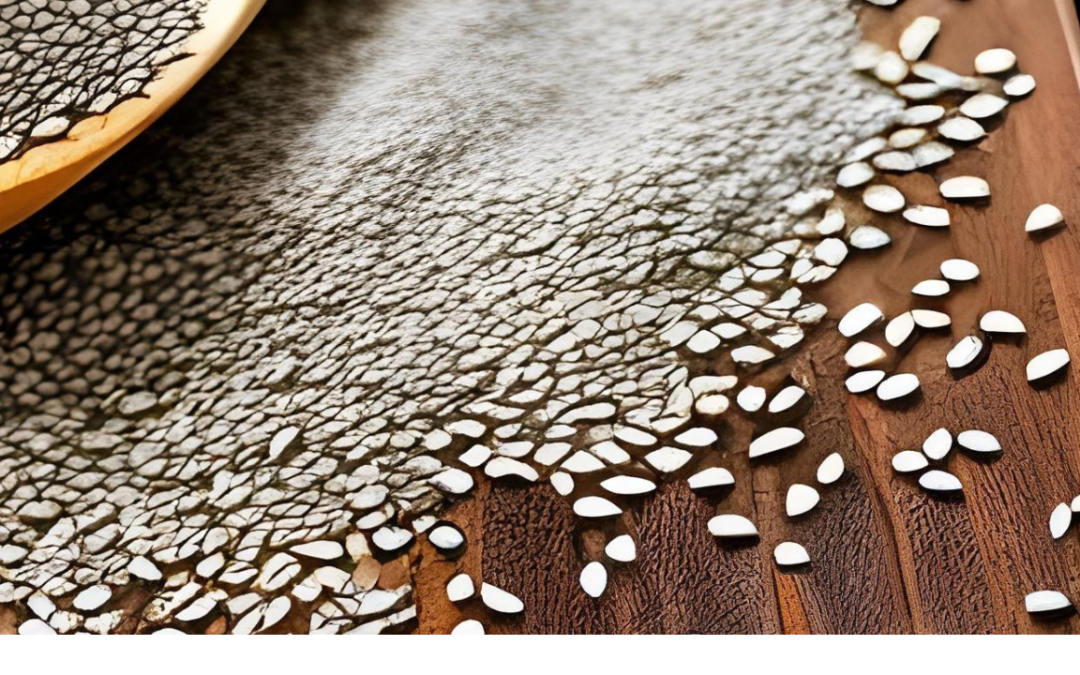
Good gut health depends on how your bowels move. Regular trips to the toilet help your body flush out waste. This keeps your digestion working well. When bowel habits are irregular — for example, with constipation — it can cause bloating, discomfort, and other digestive issues.
Plenty of people are looking into natural ways to help their stomachs. People are talking about chia seeds a lot lately. Beyond their robust nutritional content, chia seeds actively facilitate digestive wellness.
Introducing Chia Seeds and Their Nutritional Benefits
Chia seeds ( Salvia hispanica L. ) have become popular for good reason. Often hailed as a superfood, they provide:
High fiber content (about 10 grams per ounce), including both soluble and insoluble fiber
Healthy fats , including omega-3 fatty acids like ALA (alpha-linolenic acid)
Plant-based protein with essential amino acids
Antioxidants that combat oxidative stress and free radicals
Key minerals , including calcium, iron, zinc, manganese, and selenium
Vitamins , particularly B vitamins
These nutrients can support heart health, help maintain stable blood sugar levels, and promote digestive wellness when included as part of a balanced diet.
Ready to show your heart some appreciation? When you eat chia seeds as part of a balanced diet, their nutrients can help keep your cholesterol and blood pressure at healthy levels.
However, they should not replace medical treatments or professional advice. Manages high blood pressure and ameliorate cholesterol levels
The Link Between Chia Seeds and Bowel Movements
Chia seeds contain significant amounts of dietary fiber, particularly soluble fiber, which absorbs water and forms a gel-like texture in the digestive tract. When stools become softer, they move through your system more smoothly, which often brings relief from being blocked up.
One report in the Curious about new food discoveries or how food production works? Look in the journal. Imagine chia seeds soaking up water like tiny sponges; that’s how they help your gut.
Your digestion gets a boost. This means you’ll have easy, regular trips to the bathroom. Some people try an ‘internal shower’ drink — a trend involving soaking chia seeds in water — as a way to increase fiber intake and hydration.
However, this is not a medical treatment, and it may not be suitable for everyone. Speak with a healthcare professional if you have digestive issues.
Possible benefits include:
Supporting regular bowel movements
Easing occasional constipation and potentially helping with chronic constipation
Contributing to overall digestive comfort
May help support digestive comfort in some individuals, but evidence is limited and effects can vary.
People with IBS should consult their healthcare provider before making changes.
However, individual responses vary, and chia seeds should not be used as a replacement for medical treatment, especially for those with diagnosed conditions like irritable bowel syndrome.
How to Incorporate Chia Seeds for Digestive Support
When using chia seeds to support digestion and create an internal shower effect, it is important to consume them with enough liquid to avoid discomfort and potential dehydration.
Ways to add chia seeds to your diet:
Chia pudding: Mix chia seeds with milk or a plant-based alternative and refrigerate overnight.
Smoothies: Blend in for extra fiber and texture.
Baked goods: Add to muffins, breads, or homemade bars.
Oatmeal and soups: Stir in for a subtle fiber boost.
Salads: Sprinkle for added crunch.
Tip: To help with bowel movements, soak 1–2 tablespoons of chia seeds in water for at least 15 minutes before consuming. This creates a simple internal shower drink that may aid digestion.
Easy Chia Seed Recipes
Chia Seed Breakfast Bowl
Ingredients:
2 tablespoons whole chia seeds
1 cup almond milk
1 teaspoon honey (optional)
Fresh berries and banana slices
Instructions:
Combine chia seeds and almond milk in a bowl.
Let sit for 10–15 minutes (or overnight in the fridge).
Stir in honey and top with fresh fruit.
Chia Energy Balls
Ingredients:
1 cup dates
1 cup mixed nuts (such as almonds or walnuts)
2 tablespoons ground chia seeds
2 tablespoons cocoa powder
1 tablespoon honey
Shredded coconut (optional)
Instructions:
Blend dates and nuts in a food processor until crumbly.
Add ground chia seeds, cocoa powder, and honey. Pulse until combined.
Form into small balls and optionally roll in shredded coconut.
Refrigerate for about 1 hour before serving.
Additional Tips for Digestive Health
Besides chia seeds, these habits can also support regular bowel movements and overall gut health:
Eating a variety of whole foods, including fruits, vegetables, legumes, and whole grains for dietary fiber.
Staying well hydrated throughout the day to support the function of soluble fiber in the gut.
Exercising regularly to stimulate digestion and promote gut motility.
Including probiotics (such as yogurt and fermented foods) and prebiotics (fiber-rich foods) to support a healthy gut microbiome and beneficial intestinal flora.
Safety Considerations
Start gradually: Begin with small amounts to let your digestive system adjust and avoid overwhelming your gut bacteria.
Stay hydrated: Chia seeds absorb a large amount of water, so extra fluids are essential to prevent dehydration and support the internal shower effect.
Practice moderation: Limit intake to about 1–2 tablespoons per day to reduce the risk of bloating or gas, which can be common IBS symptoms.
Check with your healthcare provider: Especially if you have digestive disorders or take medication that might affect your gastrointestinal tract.
The main takeaway.
Looking for a simple addition to your plate that helps your tummy? Chia seeds slide right into a balanced diet and are great for happy digestion.
For individuals experiencing constipation, increasing fiber intake (from sources such as chia seeds) along with adequate hydration may help soften stools and support more regular bowel movements.
Always check with a healthcare professional if you have persistent digestive issues.
Want a happy gut? Chia seeds are loaded with fiber and omega-3s your body needs. You’ll help your heart and feel better all over by getting these nutrients in your balanced diet. However, chia seeds are not a substitute for medical treatments.
As always, individual responses can vary, and chia seeds should be enjoyed alongside other healthy habits rather than used as a sole solution for digestive issues or other health concerns.
Frequently Asked Questions (FAQs)
How long before chia seeds help with bowel movements? Many people notice effects within a few days when consuming chia seeds regularly and staying hydrated, especially when used as part of an internal shower routine.
When is the best time to consume chia seeds? Morning is often preferred to help support digestion throughout the day, but they can be consumed at any time.
Can I eat chia seeds raw? Yes, but soaking them first can improve digestibility and reduce potential discomfort. Both whole chia seeds and ground chia seeds can be consumed.
Are there any adverse effects linked to chia seed intake? If consumed in excess or without enough water, they may cause bloating, constipation, or diarrhea. Eating lots of fiber can sometimes give folks a stomachache, especially if their body doesn’t handle it well.
So, can a spoonful of chia seeds truly stand in for your usual fiber pills? As a natural fiber, they significantly augment your dietary consumption. Consult a healthcare provider or registered dietitian before stopping any supplement.
Many people wonder: Will chia seeds cause constipation? When eaten with adequate water, chia seeds typically help bowel movements. Without enough fluid, however, they may contribute to constipation due to their high fiber content.
References
Ullah, R., Nadeem, M., & Khalique, A. (2016). Nutritional and therapeutic perspectives of chia (Salvia hispanica L.): a review. Journal of Food Science and Technology , 53(4), 1750–1758.
About This Article
This article is intended for general informational and educational purposes only. You’ll find this advice comes straight from public studies and the common sense rules for healthy eating. It is not authored by a medical professional and does not constitute medical advice. For any major diet shifts or health questions, always talk to a medical professional first.
Call to Action
Start small — try sprinkling chia seeds into one of your meals today and see how your body responds. When consumed with adequate fluid intake and in sensible quantities, these minute seeds contribute positively to digestive regularity. Consider incorporating them into an internal shower drink or adding them to your favorite whole foods for an easy nutritional boost.
RELATED POSTS
Living a full life as you get older? It’s possible! Muscle growth starts now.
Imagine chasing after your grandkids or carrying groceries with ease.
Are you struggling to find time for exercise in your busy schedule? You’ve got company.
With the demands of work, family, and social commitments, finding time to work out can seem impossible.
If you find yourself always asking yourself, “Why am I so tired?” or “Why am I always tired and have no energy?”
FOLLOW DISCOVERY BLOGGER
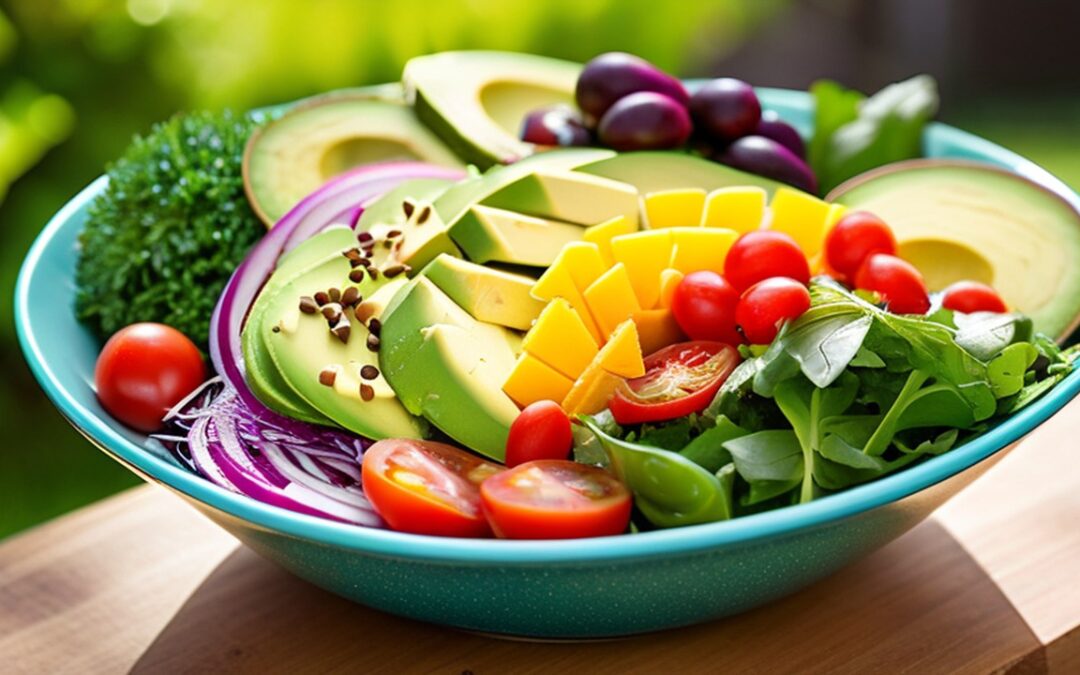
Introduction: Transform Your Health with Nourishing, Simple Meals
Are you looking for healthy meal ideas that are both delicious and easy to prepare? Healthy living isn’t about crazy food rules or constantly making yourself go without.
Pick things you truly enjoy. They should make your body and your mind feel great. You’ll learn right here.
Get ready for 30 simple, healthy meal suggestions you’ll actually make. Fueling your day from morning to night for energy and self-assurance.
Benefits of a Healthy, Balanced Diet
Eating a variety of healthy meals has powerful benefits, including:
For more guidance, see the Harvard Healthy Eating Plate and WHO Healthy Diet recommendations.
10 Easy & Healthy Breakfast Ideas to Boost Energy
Ingredients:
Instructions:
Ingredients:
Instructions:
Ingredients:
Instructions:
Ingredients:
Instructions:
Ingredients:
Instructions:
Ingredients:
Instructions:
Ingredients:
Instructions:
Ingredients:
Instructions:
Ingredients:
Instructions:
Ingredients:
Instructions:
10 Nutritious & Quick Healthy Lunch Recipes to Keep You Full
Ingredients:
Instructions:
Ingredients:
Instructions:
Ingredients:
Instructions:
Ingredients:
Instructions:
Ingredients:
Instructions:
Ingredients:
Instructions:
Ingredients:
Instructions:
Ingredients:
Instructions:
Ingredients:
Instructions:
Ingredients:
Instructions:
10 Healthy Dinner Ideas for Weight Management and Recovery
Ingredients:
Instructions:
Ingredients:
Instructions:
Ingredients:
Instructions:
Ingredients:
Instructions:
Ingredients:
Instructions:
Ingredients:
Instructions:
Ingredients:
Instructions:
Ingredients:
Instructions:
Ingredients:
Instructions:
Ingredients:
Instructions:
Best Healthy Snacks to Stay Energized
How to Eat More Fruits and Vegetables Every Day (Simple Tips)
Meal Planning and Prep Tips for a Healthy Lifestyle
How to Eat Healthy on a Budget
How to Overcome Common Healthy Eating Challenges
Conclusion: Embrace Your Nourishing Lifestyle
Choosing balanced, healthy meals doesn’t have to feel restrictive or complicated.
With these 30 easy, nutritious meal ideas , you can enjoy delicious food that fuels your body and supports your long-term health goals.
Want more get-up-and-go? Or maybe you’re just aiming for a healthy weight and to feel good every single day.
These recipes are your guide to building an eating habit that sticks and makes you happy.
RELATED POSTS
Living a full life as you get older? It’s possible! Muscle growth starts now.
Imagine chasing after your grandkids or carrying groceries with ease.
Are you struggling to find time for exercise in your busy schedule? You’ve got company.
With the demands of work, family, and social commitments, finding time to work out can seem impossible.
If you find yourself always asking yourself, “Why am I so tired?” or “Why am I always tired and have no energy?”
FOLLOW DISCOVERY BLOGGER
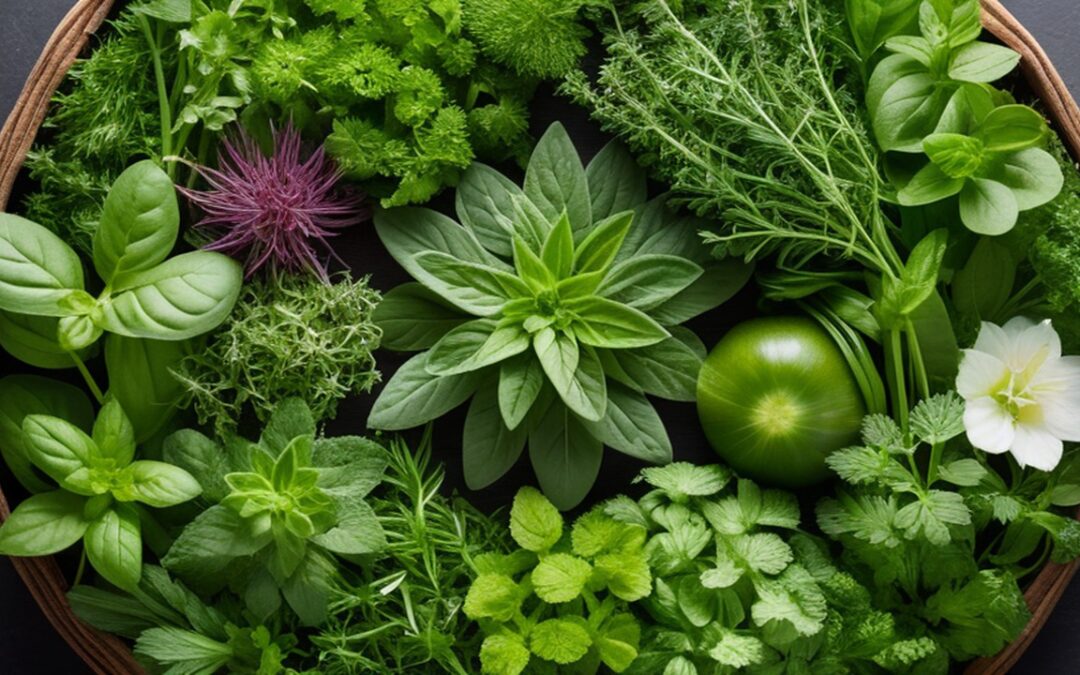
Are you searching for a natural solution to achieve thicker, fuller hair? Lots of products claim to help hair grow, but hair growth supplements offer a more solution.
These supplements, made from natural ingredients, may support healthy hair growth from the inside out.
Uncovering the Truth: Which Herbs and Supplements Really Boost Hair Growth?
Choosing the right hair supplements can be tricky. Easy steps and great advice are inside this guide.
For example,Saw palmetto is a popular choice for men experiencing hair loss, while biotin for hair growth is often recommended for women seeking overall hair health.
Looking for vegetarian or vegan ways to boost hair growth? Herbal remedies and natural treatments are on the table. Let’s see what our options are.
Supplements for Hair Loss: Why Are They a Good Option?
Hair growth supplements offer several advantages over conventional treatments:
Finding the reason behind your thinning hair helps you choose the best herbal treatments. It’s often stress, your genes, hormone problems, or missing nutrients that cause this. Herbal remedies and hair growth products are more effective when you understand your hair loss triggers.
Key Ingredients: What to Look for in Hair Thickening Supplements
The best vitamins for hair growth and thickness contain a blend of vitamins, minerals, and herbal extracts that work synergistically to promote hair growth and scalp health. Here are some key ingredients to consider in supplements for thicker hair:
1. Saw Palmetto: This herb is believed to act as a DHT blocker. DHT (dihydrotestosterone) is a hormone linked to hair loss. Less hair shedding and more growth? Saw palmetto may be the answer by reducing DHT levels.
Evidence: Studies have shown that saw palmetto can be effective in treating androgenetic alopecia (male and female pattern baldness). (Source: Journal of Alternative and Complementary Medicine)
2. Ginseng: Ginseng stimulates hair follicles and promotes hair regrowth by improving blood circulation to the scalp.
Evidence: Research suggests that ginseng can promote hair growth and reduce hair loss by stimulating hair follicles and increasing the number of dermal papilla cells. (Source: Journal of Ginseng Research)
3. Horsetail: Rich in silica, horsetail strengthens hair strands, reduces breakage, and improves overall hair quality.
Evidence: Silica is a mineral known to improve hair strength and elasticity, reducing breakage and promoting healthy growth.
4. Rosemary: Increased blood flow to the scalp and antioxidant protection from rosemary oil help stimulate hair growth.
Evidence: Some studies suggest that rosemary oil may be comparable to minoxidil in promoting hair growth. (Source: JAMA Dermatology)
5. Biotin: A B-vitamin essential for hair growth, biotin supports keratin production, the main protein that makes up hair. Biotin is frequently included in hair supplements and is often recommended for individuals with biotin deficiency-related hair issues.
Evidence: Hair that’s thin or not growing well might respond well to biotin; it works best for those lacking this nutrient.
6. Collagen: Strong, healthy hair starts with the right building blocks. Collagen provides those blocks—the essential amino acids—supporting both hair growth and its overall strength. Collagen peptides and supplements are increasingly being used as part of hair wellness routines.
Evidence: Collagen supplementation can improve hair thickness, scalp coverage, and hair follicle health. Medical test first.
7. Zinc: We need zinc to stay healthy; it’s that simple. Hair growth and repair depend on this mineral. Zinc is a key ingredient in lots of hair thickening vitamin supplements because low zinc levels can cause your hair to fall out.
8. Iron: Many women experience hair loss, and often, low iron is one of the reasons. Iron supplements might help. Talk to your healthcare provider.
9. Omega-3 Fatty Acids: These essential fats nourish hair follicles and support a healthy scalp.
10. Vitamin D: Hair growth and fullness may be helped by this key vitamin, which helps make new hair follicles. For healthy, strong hair, sufficient vitamin D is essential. Hair loss is linked to vitamin D deficiency; therefore, getting enough vitamin D is important.
11. Vitamin C: An important antioxidant that helps in the production of collagen, which is vital for hair structure.
12. Selenium: This mineral helps with hair growth and protects against oxidative stress.
Boost your hair’s thickness with natural ingredients like coconut oil and aloe vera; many hair oils work well too. These can be used topically as part of a comprehensive herbal hair treatment regimen.
Herbal supplements: What’s the science behind them?
There’s something here, alright, but the pieces aren’t quite fitting together yet. More proof required. We’ve just scratched the surface—so much more awaits discovery! Onward we go!
Hair growth is different for everyone. Your genes, health, and the reason for your hair loss all play a part in how well treatments work. Whether or not these treatments are successful really depends on your hair’s growth cycle. Different phases respond differently.
Choosing the Right Hair Thickening Supplements: A Personalized Approach
Selecting the right supplements for thinning hair requires a personalized approach:
Learn from others’ experiences: read their reviews on supplement effectiveness.
Top Herbal Supplement Recommendations
(Disclaimer: Consult with a healthcare professional before starting any new supplement regimen.)
This is key. Carefully examine all the products before discussing your options with your physician. While natural supplements are generally safe, some people may prefer FDA-approved treatments like finasteride for hair loss.
Incorporating Natural Hair Growth Vitamins into Your Hair Care Routine: Practical Tips
To maximize the benefits of herbal supplements, incorporate them into a holistic hair care routine:
1. Consistency is Key: Take your hair growth supplements as directed, consistently.
2. Nourish Your Body: Comply with a nutritious diet rich in vitamins, minerals, and protein. Consider food for hair growth and thickness vegetarian options if you follow a plant-based diet.
3. Hydrate Adequately: Drink the right amount of water to support overall health and hair growth.
4. Minimize Stress: Soothe your stress with activities like yoga or meditation. Spending time outside helps too!
5. Avoid Harsh Chemicals and Heat Styling: Give your hair a break from damaging treatments and heat styling tools to prevent split ends and hair breakage.
6. Try Scalp Massage: So important to promote blood flow and can help hair grow. A healthy scalp is key; this helps you achieve that for better hair growth.
Potential Side Effects and Precautions
While herbal supplements are generally safe, it’s important to be aware of potential side effects and take precautions:
Summary
To summarize everything we’ve covered… Harness nature’s power to grow gorgeous hair. If you’re wondering what can I take to make my hair thicker, natural vitamins and herbs may be the answer.
Expect healthier, fuller hair with these hair growth supplements for women and men. These supplements may support stronger, healthier hair when used as part of a comprehensive routine.
Science-backed supplements, the right ones for you, plus a great hair care routine? Full thick hair? This may be one of the key factors in improving hair health.
Ayurvedic herbs and modern hair tonics—natural hair supplements offer many choices for thicker, fuller hair and fighting hair loss.
Whether you’re looking for vegetarian hair growth solutions or vegan hair thinning remedies, there’s likely a natural approach that can work for you.
From biotin to vitamin C, B vitamins to herbal extracts, the right combination of nutrients can help you achieve the thick beautiful hair you desire. Consider trying hair growth gummies or capsules for a convenient way to supplement your diet.Consult first.
Call to Action
Ready to transform your hair?
Remember, while pills to make hair thicker can be effective, they work best as part of a comprehensive hair care routine that includes proper nutrition, stress management, and gentle hair care practices.
RELATED POSTS
Are you searching for a natural solution to achieve thicker, fuller hair? Lots of products claim to help hair grow, but hair growth supplements offer a more solution.
Chronic inflammation has been linked to conditions like heart disease, diabetes, arthritis, and even certain cancers.
Is there a “best time to eat” or an ideal eating schedule? The answer is yes! Good metabolic health, consistent energy, and weight management all depend on when you eat.
FOLLOW DISCOVERY BLOGGER
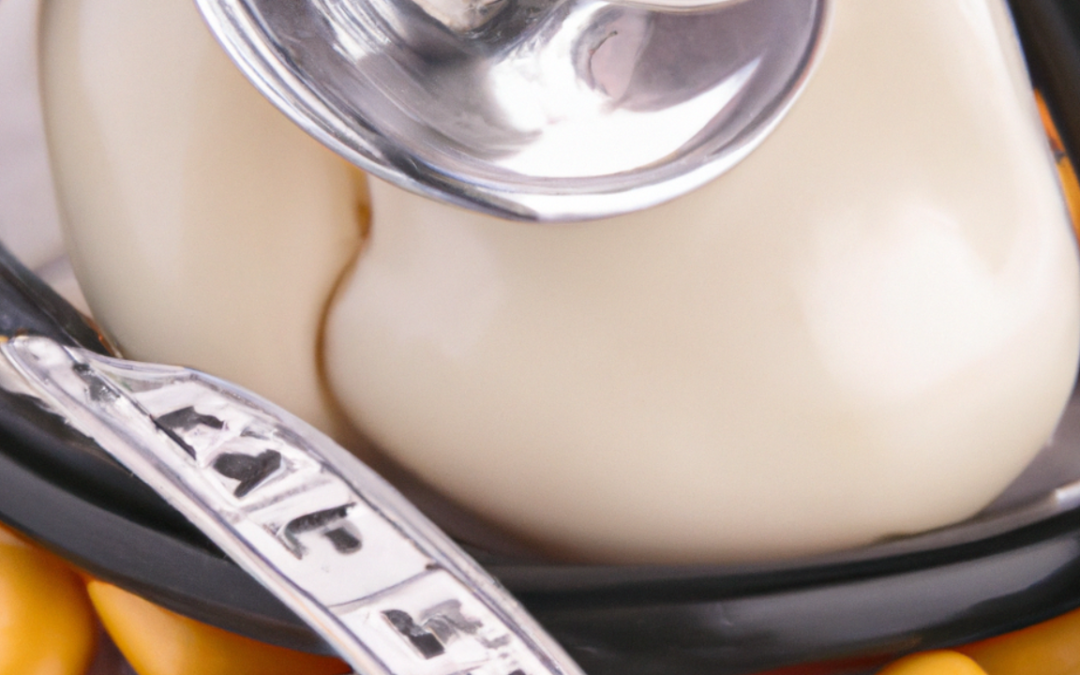
Do you feel like you’re fighting a losing battle with stubborn hormonal belly fat, even when you’re eating well and exercising?
A hormone belly is a real pain, and it’s surprisingly common, especially for women. Belly fat caused by hormones isn’t just extra weight; it signals a hormonal problem affecting your health and how you feel about yourself.
But don’t worry, effective strategies are available. Can find your confidence again, lose that belly fat, and feel great about yourself.
Conquering that hormonal belly? It’s possible. This is about changing your body and your attitude.
Understanding Hormonal Belly Fat and Its Causes
(Deep Dive into the “What” and “Why”)
Hormonal belly fat, often referred to as visceral fat, is the accumulation of excess fat around the abdomen due to fluctuations and imbalances in hormones like estrogen, testosterone, cortisol, insulin, and leptin.
Unlike subcutaneous fat (the jiggly fat you can pinch), visceral fat lies deep within the abdominal cavity, surrounding your organs and posing significant health risks. But what does hormonal belly look like? It’s often characterized by a disproportionate amount of fat around the midsection, even if other parts of the body remain relatively slim.
Key Culprits Behind Hormonal Belly Fat:
The Impact of Hormonal Belly on Self-Confidence (It’s More Than Just Fat)
A hormonal stomach is more than a cosmetic issue; it significantly impacts self-esteem and body image.
Feeling down about your appearance? This can affect everything from what you wear to how you interact with people, impacting your mood significantly.
Too much visceral fat increases the risk of chronic conditions—heart problems and type 2 diabetes, for instance. The result? Lower confidence and a dip in your overall happiness.
We must shift our thinking; the old ways won’t work anymore.
Let’s be honest, perfect bodies don’t exist. Focus on a healthier you; you’ll feel better and more confident. This approach leads to improved well-being.
Understanding the difference between stress belly vs hormonal belly can help you target the root cause more effectively.
A Holistic Approach to Hormonal Belly and Confidence
(Emphasizing the Bigger Picture)
Reducing hormonal belly fat and regaining confidence requires a holistic approach that addresses the underlying hormonal imbalances, promotes a healthy lifestyle, and cultivates a positive mindset.
This means combining dietary strategies, a hormonal belly workout routine, stress management techniques, and, if necessary, professional medical guidance.
Remember, it’s a journey, not a quick fix, and hormonal belly before and after results can vary for each individual.
Dietary Strategies to Reduce Hormonal Belly (Nourish Your Body)
(Actionable Tips & Examples)
Diet plays a pivotal role in regulating hormone levels and promoting fat loss. A well-planned hormonal belly diet can make a significant difference. Focus on:
Sample Meal Ideas:
Remember, calorie adjustment may be necessary as you age or as your hormones change, particularly during menopause.
Exercise and Physical Activity (Move Your Body with Joy)
(Beyond Crunches: A Balanced Approach)
Regular exercise is crucial for burning calories, increasing metabolism, and reducing overall body fat. A well-rounded hormonal belly workout should include:
Aim for at least 150 minutes of moderate-intensity or 75 minutes of vigorous-intensity exercise per week.
Make It Enjoyable: Choose activities you genuinely enjoy to stay consistent. A long-term exercise plan is your ticket to fixing hormonal belly problems. That’s the key.
Stress Management Techniques (Calm Your Mind, Calm Your Belly)
(Practical Tools to Lower Cortisol)
Chronic stress is a major contributor to hormonal belly fat, particularly cortisol belly. Implement these stress-reducing techniques:
Hormonal Balance (Supporting Your Body’s Chemistry)
(Understanding the Key Players)
Hormones like estrogen, progesterone, testosterone, insulin, cortisol, and thyroid hormones play a vital role in regulating metabolism, appetite, and fat storage.
Hormonal imbalance worries? See a doctor for advice. This is especially vital when dealing with hormonal belly fat, since the reasons behind it vary between men and women.
Supporting Hormonal Balance Through Diet:
Natural Remedies and Supplements (Potential Allies – But Proceed with Caution)
(Discuss with Your Doctor First!)
Some natural remedies and supplements may help support hormonal balance, but it’s crucial to consult with a healthcare professional before using them. Potential options include:
Disclaimer: Natural remedies are not a substitute for medical advice.
Seeking Professional Help (When to Consult an Expert)
(Empowering You to Take Control)
If you’re struggling to manage hormonal belly fat and regain your confidence despite making lifestyle changes, seek professional help. A healthcare provider, registered dietitian, or endocrinologist can:
Losing that extra belly fat caused by hormones takes time, effort, and a whole-body approach.
Managing hormonal belly fat successfully requires identifying the causes, implementing effective strategies, and consulting a professional as needed. Increased confidence is a great side effect.
Focus on your well-being; celebrate those small wins along the way. Don’t just sweat the scale; focus on feeling great!
RELATED POSTS
Living a full life as you get older? It’s possible! Muscle growth starts now.
Imagine chasing after your grandkids or carrying groceries with ease.
Are you struggling to find time for exercise in your busy schedule? You’ve got company.
With the demands of work, family, and social commitments, finding time to work out can seem impossible.
If you find yourself always asking yourself, “Why am I so tired?” or “Why am I always tired and have no energy?”
FOLLOW DISCOVERY BLOGGER
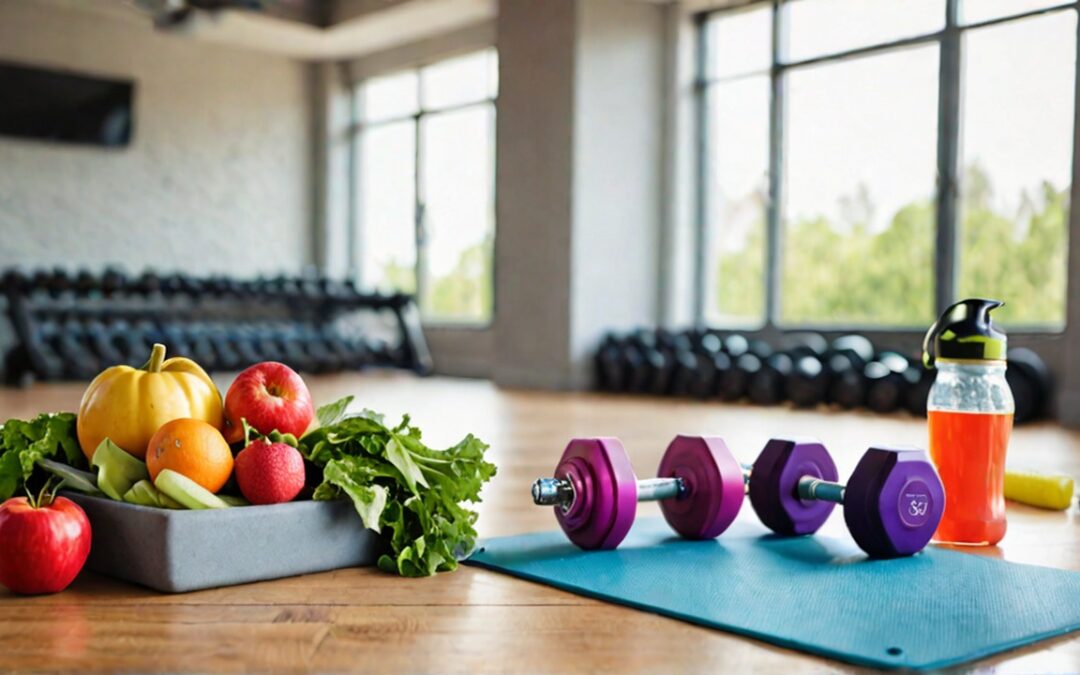
Living a full life as you get older? It’s possible! Muscle growth starts now.
Imagine chasing after your grandkids or carrying groceries with ease. For many seniors, this isn’t just a dream—it’s a reality achieved through regular, age-appropriate exercise.
Think of the impact: regular strength training can dramatically increase a senior’s independence and quality of life. This will improve their outlook and brighten their day; it’s a mood enhancer!
But before you get moving, be sure to check in with your healthcare provider for personalized advice on starting an exercise program.
Why Muscle Strength Matters as You Age
Understanding Sarcopenia: The Muscle-Loss Culprit
As we age, we naturally lose muscle mass—a condition known as sarcopenia. Falls and frailty become bigger risks as everyday activities get tougher.
Building muscle mass after 60 becomes crucial to combat these effects.
The good news? With consistent strength training and proper nutrition, you can slow or even reverse some of these effects.
In fact, many wonder, “Can you build muscle after 60?” It is possible!
Exercise as a Lifelong Anti-Aging Tool
Physical activity isn’t just about aesthetics; it plays a crucial role in preserving physical and mental function.
Better balance, improved posture, increased flexibility—these are just a few of the physical benefits of exercise.
You’ll experience a noticeable increase in both your cognitive abilities and emotional well-being; it’s a win-win! The best way to build muscle after 60 is through a combination of strength training and proper nutrition.
Preventing Chronic Disease
Regular physical activity helps reduce the risk of several chronic diseases, including heart disease, stroke, type 2 diabetes, and certain cancers.
Healthy aging includes strength training; it helps build strong bones and a better immune system.
Key Physical Benefits for Older Adults
Strength and Mobility
Balance and Function
Bone Density and Heart Health
For example, running, swimming, or cycling all provide these benefits.
Emotional and Cognitive Benefits
Boosting Mood and Mental Health
Exercise helps regulate mood, reduce symptoms of depression and anxiety, and promote emotional well-being through endorphin release.
Cognitive Sharpness
Regular movement supports brain function and may reduce the risk of cognitive decline, including conditions like dementia.
Social and Lifestyle Perks
Group fitness classes or walking clubs can provide social interaction, reducing isolation and improving motivation.
Types of Senior-Friendly Exercises
Practical Tips for Success
Start Smart
Create a Plan
Stay Motivated
Focus on Recovery
Overcoming Barriers
Health Concerns
Financial and Access Issues
Psychological Roadblocks
Building a Routine That Sticks
Final Thoughts
Aging doesn’t have to mean slowing down. A vibrant, self-sufficient life in your golden years? It’s possible! Working out, good friends, and healthy habits—that’s the winning combination.
Muscle strength isn’t only about the gym; it’s about feeling better, living better. Get ready for a boost in energy, improved sleep quality, and a generally more optimistic perspective.
Whether you’re looking to build muscle after 60 as a female or male, the principles remain the same: consistency, proper nutrition, and a well-designed exercise program.
Onward we go, towards a better future!
RELATED POSTS
Living a full life as you get older? It’s possible! Muscle growth starts now.
Imagine chasing after your grandkids or carrying groceries with ease.
Are you struggling to find time for exercise in your busy schedule? You’ve got company.
With the demands of work, family, and social commitments, finding time to work out can seem impossible.
If you find yourself always asking yourself, “Why am I so tired?” or “Why am I always tired and have no energy?”
FOLLOW DISCOVERY BLOGGER